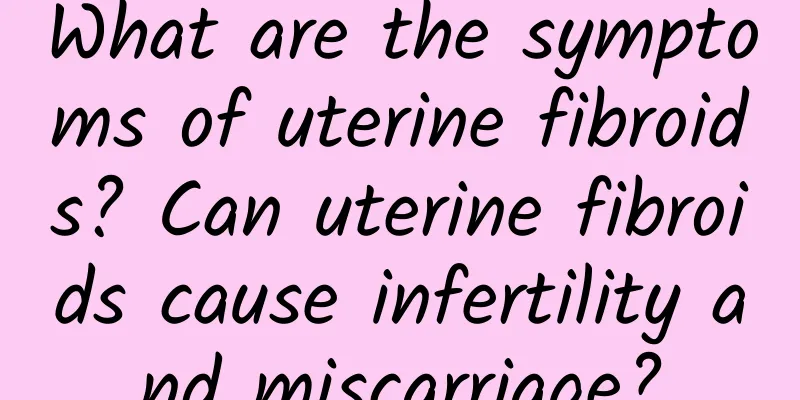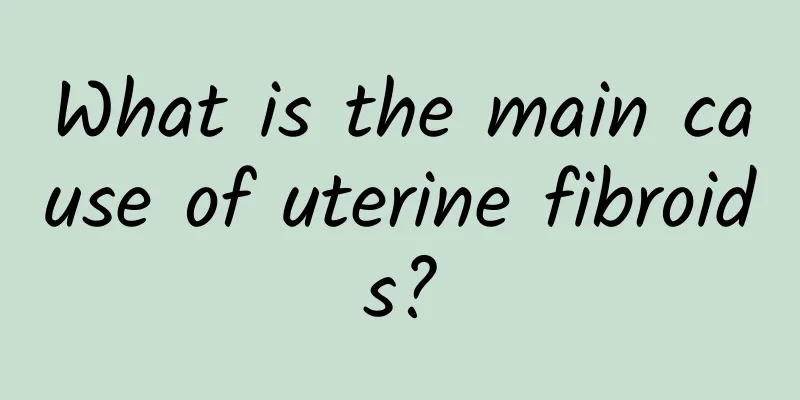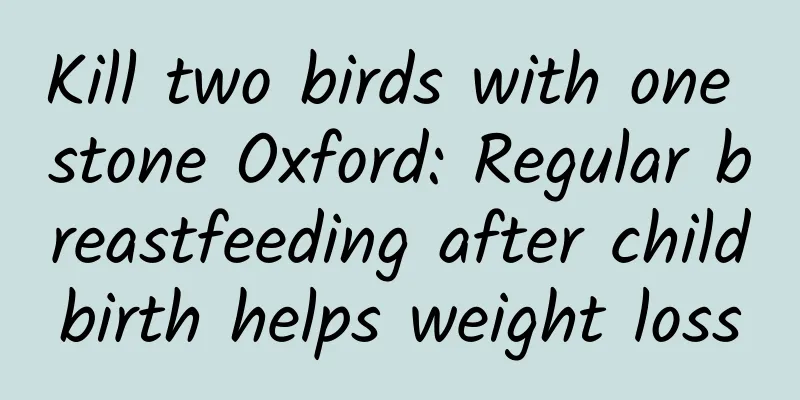What are the symptoms of uterine fibroids? Can uterine fibroids cause infertility and miscarriage?

|
Uterine fibroids are the most common benign tumors of the female genitals. Can women with uterine fibroids get pregnant? This is also a question that many women are concerned about. Experts point out that about 25% to 35% of women with uterine fibroids may not get pregnant. It may be that the fibroids prevent the fertilized egg from implanting, or that the deformation of the uterine cavity prevents the sperm from entering the fallopian tube. If the fibroids are close to the serosal layer, it will have little effect on pregnancy. Symptoms of uterine fibroids: 1. Pain: About 40% of patients with abdominal pain, 25% of patients with backache and 45% of patients with dysmenorrhea. There are also symptoms of lower abdominal swelling or back pain, but the degree is not very serious. Severe and gradually worsening dysmenorrhea is often caused by uterine fibroids complicated by adenomyosis or endometriosis. 2. Leucorrhea: Increased leucorrhea accounts for 411%. 9%. Enlarged uterine cavity, increased endometrial glands, pelvic congestion or inflammation can increase leucorrhea. When submucosal fibroids ulcerate, infect, bleed, or necrotize, a large amount of bloody or purulent leucorrhea will be produced. 3. Uterine bleeding: It is the main symptom of uterine fibroids, occurring in more than half of the patients, including cyclical bleeding, menorrhagia, prolonged menstruation or shortened menstrual cycle. 4. Compression symptoms: mainly occur in cervical fibroids, or fibroids in the lower uterine segment enlarge, fill the pelvic cavity, and compress surrounding organs. When compressing the bladder, symptoms such as frequent urination or dysuria, and urinary retention will occur. Fibroids cause about 30% of compression symptoms, including about 20% frequent urination, about 10% dysuria, 3.5% urinary retention, 5% urinary pain, 5% constipation, and 6% lower limb edema. 5. Abdominal mass: Lower abdominal mass is usually the main complaint of patients with uterine fibroids, up to 69.6%. Sometimes it may be the only symptom of fibroids. It can be touched in the middle of the lower abdomen, and the outline of the fibroid is hard and uneven. In rare cases, it grows rapidly or is accompanied by dull pain, which should be suspected of malignant lesions. 6. Anemia: Anemia may occur in patients with long-term bleeding but not treated in time. 7. Infertility and miscarriage: 30% of patients with uterine fibroids are infertile. Infertility may be caused by treatment or the discovery of uterine fibroids during examination. The spontaneous abortion rate is higher than that of normal people, with a ratio of 4:1. |
<<: Symptoms of uterine fibroids: Can uterine fibroids cause acute abdominal pain?
>>: Symptoms of benign uterine fibroids How to treat benign uterine fibroids
Recommend
Symptoms of multiple uterine fibroids Harms of multiple uterine fibroids
Uterine fibroids are a very harmful gynecological...
Eliminate edema in 3 parts and eat the right color to make you look thinner
Are you troubled by edema-type obesity? In order ...
Slow pedaling burns twice as much calories as brisk walking
There are many benefits of slow pedaling Based on...
Are six-pack abs and mermaid lines a healthy body shape?
Recently, a reader asked Scott a good question: A...
What causes uterine fibroids? ...
Uterine fibroids are a common benign gynecologica...
Causes of postmenopausal vaginal bleeding
Causes of postmenopausal vaginal bleeding: Vagina...
How are menstrual irregularities diagnosed?
What are the diagnostic methods for irregular men...
The tomato diet is revealed! Famous doctor Cai Fengbo lost 11 kg by eating tomatoes, 5 tips to lose weight easily
Losing weight has become a national sport, but th...
Can vaginitis cause delayed menstruation?
Can vaginitis cause delayed menstruation? 1. Vagi...
Which is less harmful, medical abortion or surgical abortion?
At present, as society becomes more and more open...
Can cervical warts be completely cured?
Whether it is advertisements or movies and TV dra...
Experts explain the causes of ectopic pregnancy
According to the latest medical research, there a...
Can I eat before an abortion? No food allowed for 6 hours
Abortion is a compensatory measure currently take...
There are many things women should pay attention to after painless surgery.
There are many things to note when having an abor...
Is there a cure for congenital absence of vagina?
When congenital absence of vagina disease occurs,...









